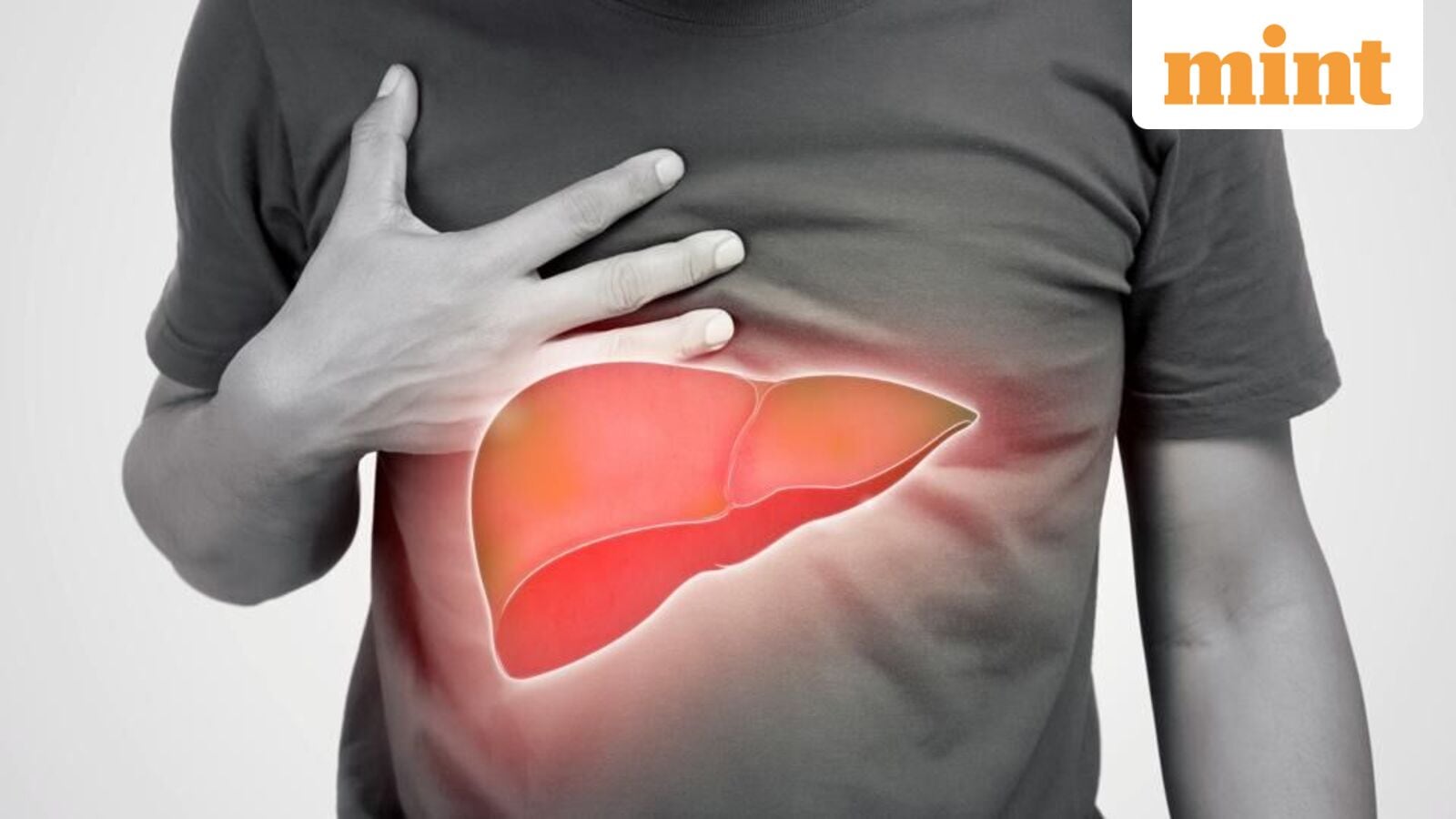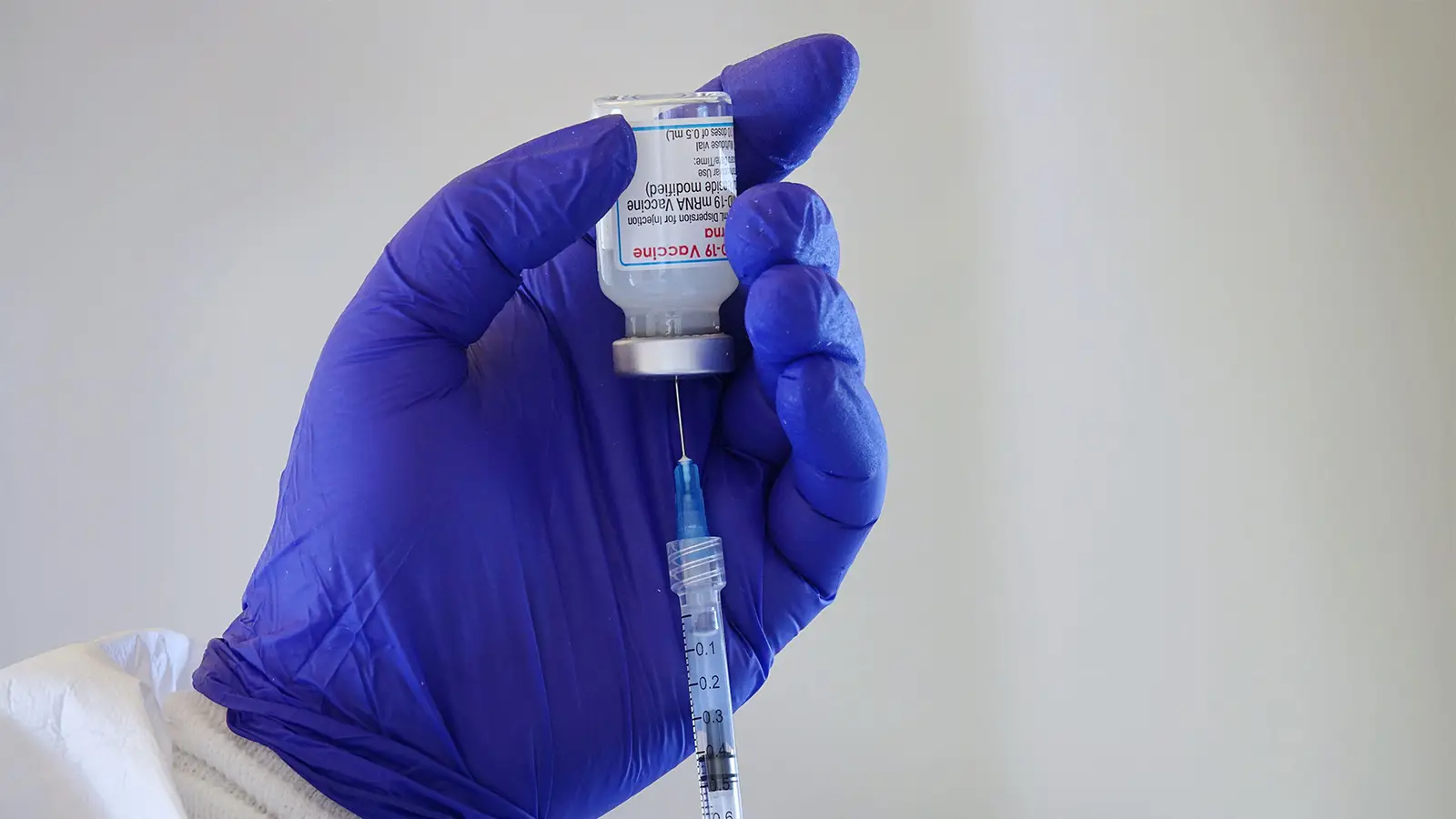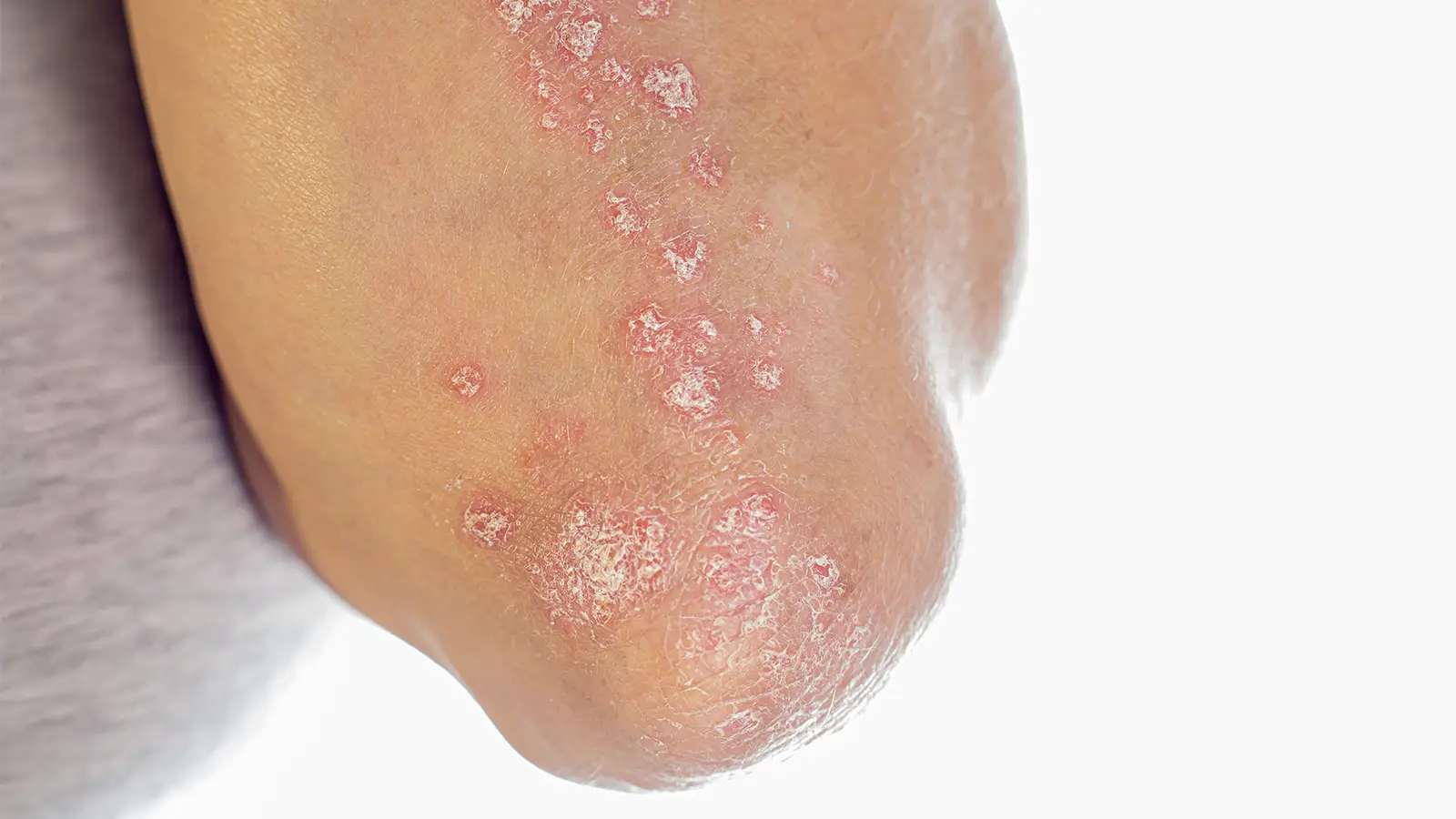On September 25, the Department of Health and Human Services released the latest update to its Guidelines for the Use of Antiretroviral Agents in Adults and Adolescents With HIV. Among the changes is a new chapter on cardiovascular and metabolic…
- Nursing home residents are commonly prescribed…









